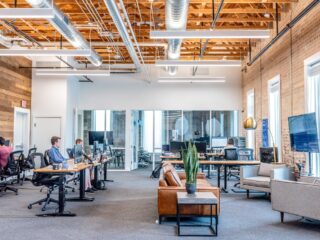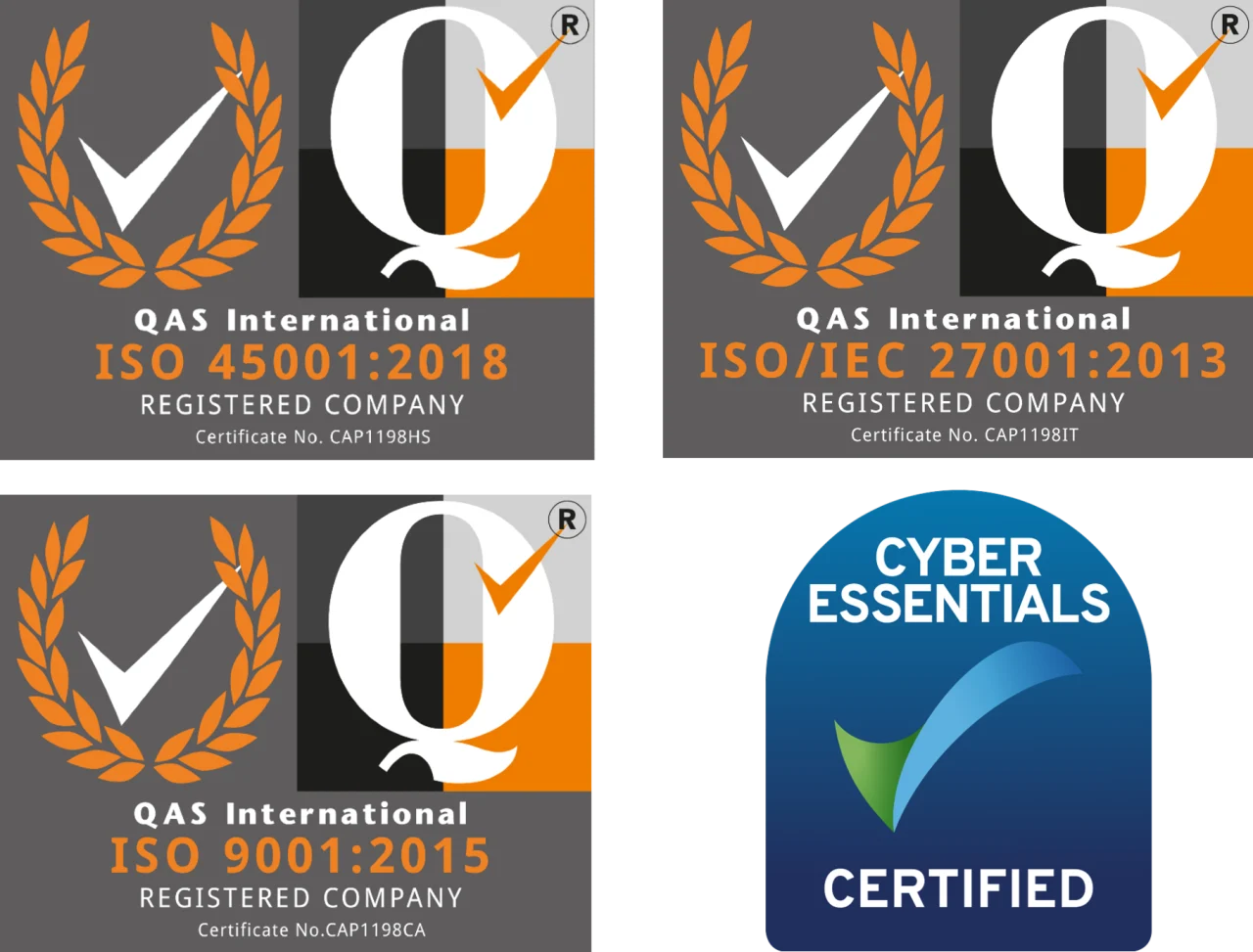For those whose workplace would normally be the office, going ‘back to work’ after remote working during the pandemic has its own challenges, so here is a brief reminder and checklist for moving back to the office to work.

New Rules To Protect Physical and Financial Health
The return to office requires new rules and what some call pandemic management protocols (PMPs) that can help maintain a safe office environment for all and avoid the kind of critical risks that could lead to regulatory action, lawsuits, and could threaten the financial (as well as the physical) health aspects of a business. For the time being, and as suggested by Forrester Research, weaknesses, threats and risks that businesses need to consider in their planning include:
– Changes in the behaviours and attitudes of their customers and staff.
– Changes in supply chains and customers – some of those businesses may not exist or may cut back on or change their orders and/or new suppliers may need to be sourced or contacts may have changed.
– The risks posed by an economic recession.
– The risks of a second wave and the need to re-organise in the event of the effects of local lockdowns on regional offices/branches of the business.
– The increase in costs or re-opening offices, re-organising the workplace and resources, increased cleaning, the costs, and operation of any screening equipment e.g. temperature screening, and the costs of providing hand sanitiser, masks plus safety labelling and signage.
Other potential legal risks to consider include:
– Making employees return before they are ready
– Discriminating between employees e.g. on age, gender, or health grounds.
– Violating privacy and security rights of employees and customers e.g. as more contact details are collected or failing to address the risk of increased cyber-attacks as cybercriminals may have taken advantage of remote working and any return to work confusion.
Cleaning
One of the first issues that springs to mind is the organisation and the cleanliness of the physical office environment. After an initial deep clean e.g. by professional deep cleaning (fogging) specialists, there may need to be subsequent deep cleaning if any staff test positive. New COVID-safe cleaning regimes need to be established (particularly targeting contact points in the building) and hand sanitiser needs to be provided at key points in the office. Assessments that may be needed before a workplace return could include:
– Conducting new Health and Safety risk assessments, taking the COVID-19 risk into account.
– Checking whether ‘clocking in’ can be done online or by another non-contact, safe method.
– Whether (and how) physical meeting rooms can be used and the arrangements regarding lifts.
-The toilets are likely to need more rigorous and frequent cleaning, with the addition of more sanitizer and labelling.
Screens, Notices, Labelling and Directions
Any screens, new layouts, and directions for movement flow (customers and staff) need to be installed, made clear, tested, and labelled. Safety labelling needs to posted and maintained around the work premises with responsibility allocated to relevant staff members.
Staffing and Policies
Policies that need to be considered/changed and communicated for the return to work include time arrivals and lateness, working at home and mobile working.
For many businesses, it may be a case of organising new rotas for a staged recovery which could mean staggered work times for staff in order to maintain social distancing. Staff will also need to be told how to report Covid-19 related issues.
Other assessments and checks will need to include:
– Getting up-to-date details for staff, and their next of kin.
– Assessing which employees are high risk, who can come back to work in what role effectively band safely, and how employees can reach their work as safely as possible.
– Discussing, clarifying, and communicating Furlough/return from Furlough arrangements.
Plans
The pandemic has brought business continuity and disaster recovery planning into sharp focus. These plans should be reviewed and updated in relation to the move back to the workplace.
Equipment
With staff returning, there needs to be enough of the right equipment in the workplace and that equipment needs to be operated safely. Considerations could be:
– Whether all work devices and other equipment (e.g. headsets, office chairs etc) have been returned and whether repairs/replacements are needed.
– Whether company vehicles have been returned and checked and whether repairs are needed.
Telephones
The office telephone system will need to be switched back over at the right time for the right numbers, with divert and voicemail being changed appropriately. This will also need to be tested to ensure it is working correctly.
Utilities
The water, electricity and gas will need to be turned back on at the right time and checks will need to be made to ensure that any water testing procedures (e.g. for Legionnaires’ Disease) and any pest control monitoring/testing are re-instated.
Connections and Network
The broadband and Wi-Fi connections will need to be working and network security checks made e.g. virus checking of devices that have been returned and checking that any temporary remote access methods that were enabled have been closed.
Website and Social Media
Any announcements via the website (blog) or social media concerning any changes to services, and restrictions or requirements (e.g. masks if customers visit business premises) will need to written and published plus any changes to opening hours made to the website.
The addition of any website or social media-based services should also be published.
Collaborative Working, Meeting and Communication Arrangements
Whereas work and projects may have been carried out collaboratively online, and meetings held e.g. using video conferencing, any changes made to these arrangements need to be clearly communicated to relevant staff.
Physical Security
Any physical security arrangements that were needed prior to lockdown and remote working need to be reinstated, tested and relevant details and responsibilities communicated to the right people. For example, this could include testing the CCTV and access control system, reminding relevant people of alarm/barrier/door codes and testing alarm systems.
Looking Ahead
Whether a staggered and staged return in some businesses or a complete return (e.g. for smaller businesses), the business environment has been changed by the pandemic and the work environment must be changed to take account of this and to ensure safety and business continuity. Although the time may seem right for an operational business recovery, the risks of possible outbreaks, local lockdowns or even a second wave in the winter months remain real possibilities that businesses will need to make real, workable plans for moving forward.
If you’re looking for help getting #BackToWork ready, contact ESP Projects today!

